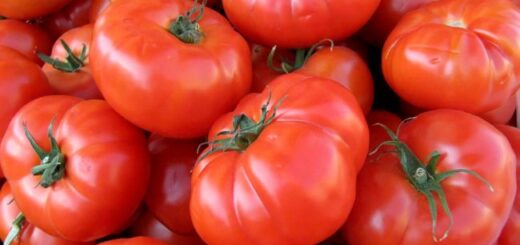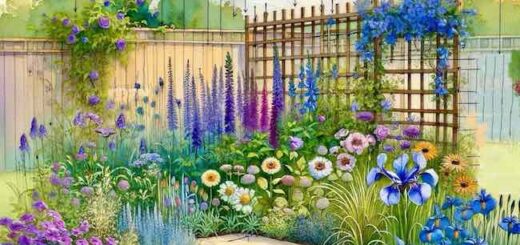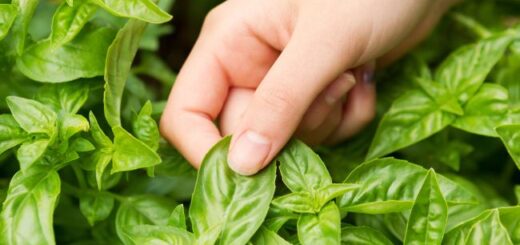Gardening Calendar 2nd Week in February ( audio available )

Second Week of February Audio file Click Here to listen to .wav file
So far, we’ve managed to avoid any serious snowfall in the UK although the weather has been quite frosty. Garden activities may need to wait until midday when the frost clears. February is a great time to reflect on last year’s gardening season and make plans for the months ahead. Below are key gardening tasks for the second week of February, along with detailed guidance.
Garden Planning and Preparation
Review and Plan Your Garden Borders
• Look at pictures from last year’s garden to evaluate gaps in colour and structure. Plan to introduce perennials and shrubs that offer interest throughout the year. Consider plants with staggered flowering times to ensure continuous colour.
Mulching Garden Beds
• Mulching improves soil structure, retains moisture, and suppresses weeds. Materials for mulching: garden compost, shredded bark, well-rotted manure, leaf mould. Apply mulch after pruning and tidying, keeping a depth of about 5 cm (2 inches). Before mulching, apply Grow More fertiliser (one handful per square metre) to counteract nutrient loss caused by the decomposition process.
Hedge Maintenance
Clearing the Bases of Hedges
• Remove invasive plants such as brambles, elder, or other weeds. Clear dead leaves and debris to improve airflow and reduce pest risks.
Filling Bare Patches in Hedges For deciduous hedges: Use bare-root hawthorn, yew, or beech to fill gaps. For conifer hedges: Use yew or Lonicera lonicera nitida to fill the gaps both of which tolerate shade.
Pruning and Cuttings
Taking Hardwood Cuttings
• Best time for Cornus (dogwood) and other winter-stemmed shrubs. Cuttings should be about 15–20cm long, with the base just below a bud. Insert into pots or directly into a sheltered garden bed with well-drained compost.
Training Espalier and Cordon Fruit Trees
• February is ideal for shaping apples, pears, and cherries before new growth starts. Espalier training: Train branches horizontally using wires against a wall or trellis. Fan-training (for cherries and some plums): Spread branches outward in a fan shape and secure to a framework.
Seed Sowing (Indoor & Outdoor)
Indoor Seed Sowing (Windowsill or Greenhouse)
- Vegetables: Start tomatoes, peppers, aubergines, leeks, and onions in trays. Herbs: Basil, parsley, chives, and thyme can be sown for an early crop.
• Use seed trays with John Innes number one compost and provide warmth (propagators or sunny windowsill).
Outdoor Seed Sowing (Under Cloches or Bell Cloches)
• Broad beans, spinach, rocket, and corn salad can be sown outdoors. Cover with cloches to warm the soil and speed up germination as the sun get stronger as we move into spring. Ensure cloches are secure to prevent frost damage and damage by wind. Broad beans, spinach, rocket, and corn salad benefit from early sowing under protection
Dahlia & Geranium Care
Potting Up Dahlia Tubers
• Place dahlia tubers into 100mm pots with moist compost. Keep in a warm, bright place to encourage early shoots. Once shoots develop, take stem cuttings to propagate new plants and allow the original dahlia tubers to continue to grow until the weather is frost free and they can be planted out into the garden or pots outside
Geranium Cuttings (Overwintered from Autumn) • Remove dead leaves and inspect for botrytis (grey mould). Pot healthy cuttings into small pots with fresh compost. Place in a bright but cool location frost free until they are ready to harden off





